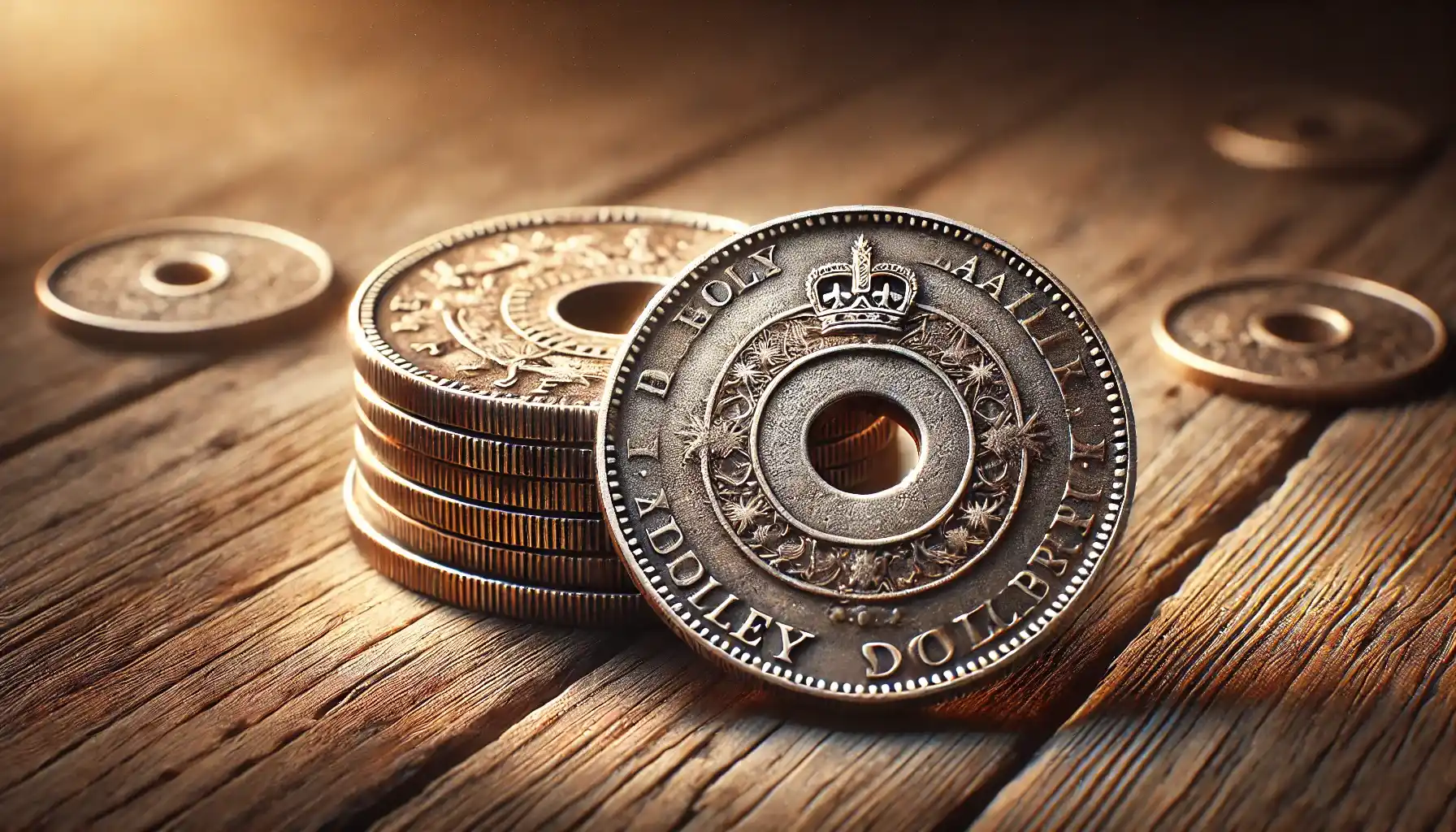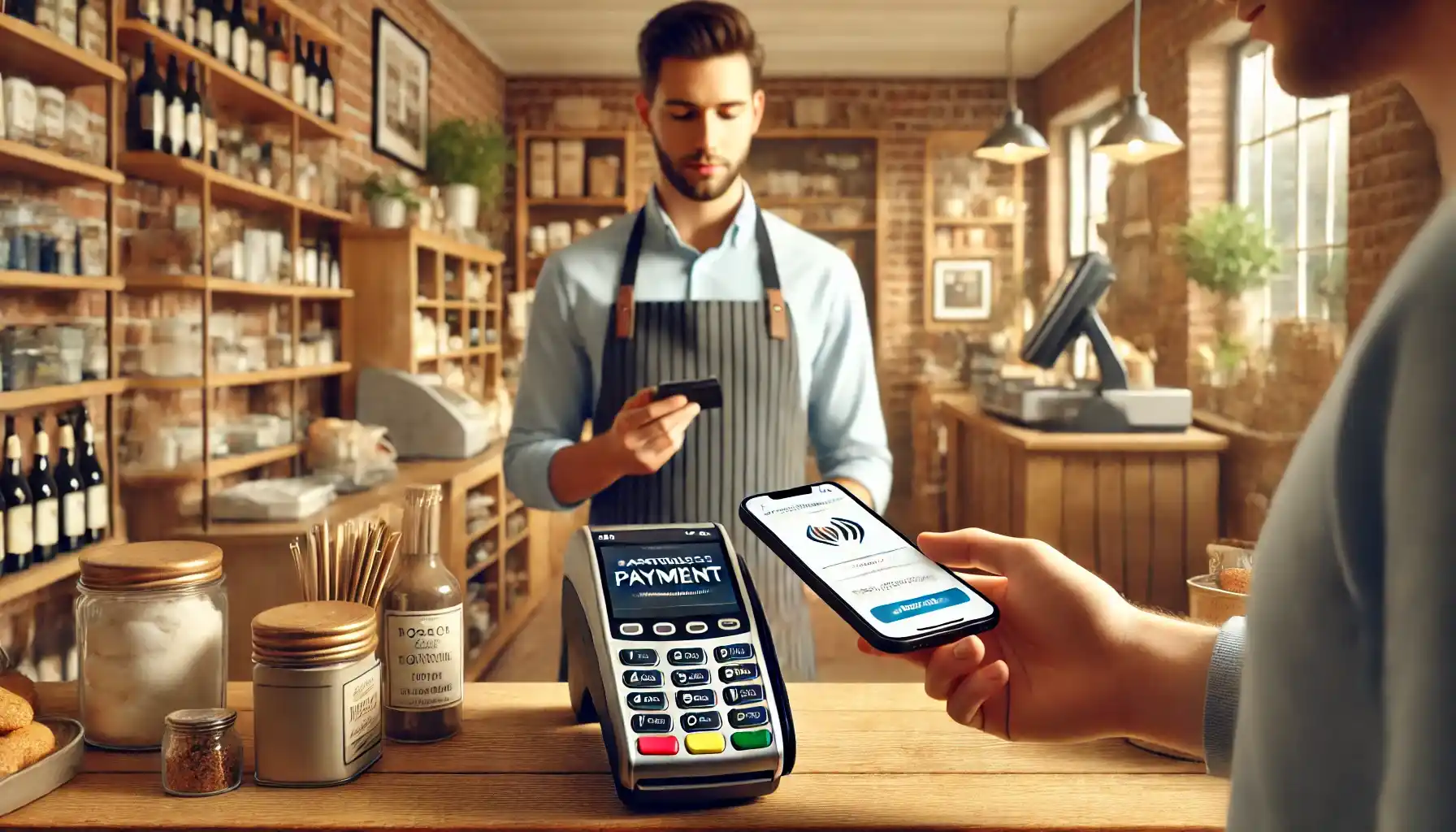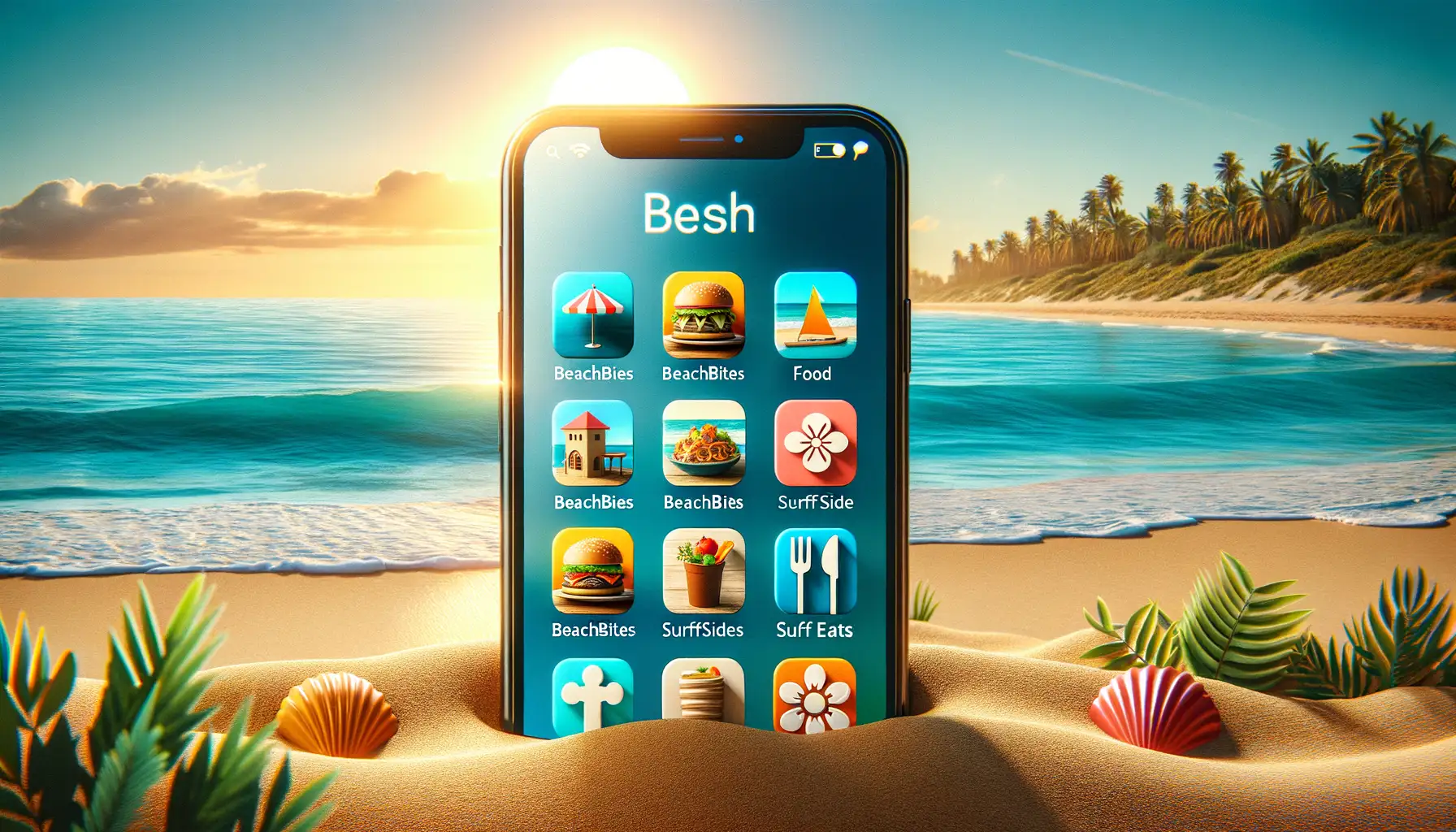Ever thought that the loose change in your pocket could be worth thousands? It happens more often than you’d think. The trick is knowing what to look for. Some coins gain value due to rarity, minting errors or historical significance. Others, despite looking ordinary, are with big secrets.
So, how to find valuable coins in Australia? How do you separate the gold from the gravel? First of all, you should understand Australia’s coinage, both past and present.
From Bartering to Minted Wealth: The History of Australian Coins
Australia’s coinage began long before the first official mints were established. In the early colonial days, money was scarce. British settlers used whatever they could get their hands on – Spanish dollars, Dutch ducats, Indian rupees and even rum (yes, alcohol as currency!).

1813: The First ‘Australian’ Coin – The Holey Dollar & Dump
Governor Lachlan Macquarie, faced with a severe coin shortage, had a stroke of genius. He imported Spanish dollars, punched out their centers, and created two new coins:
- The outer ring, known as the Holey Dollar
- The punched-out center, called the Dump
These modified coins were instantly doubled in number and became Australia’s first official currency. Today, a well-preserved Holey Dollar can fetch over $500,000, while a Dump can reach $100,000+.
1855–1901: The Gold Rush & Australian Sovereigns
With the discovery of gold in the 1850s, Australia quickly became one of the world’s richest gold-producing regions. This led to the establishment of the first mints in Sydney (1855), Melbourne (1872) and Perth (1899). The most famous coin from this era? The Adelaide Pound (1852) – a rarity that can be worth over $250,000 today!
1910: The Birth of National Currency
Until the early 20th century, Australians used British pounds, shillings and pence. But in 1910, Australia finally introduced its own silver coins: the florin, shilling, sixpence and threepence. Copper pennies and halfpennies followed in 1911.
1966: Decimalisation – A New Era of Aussie Coins
Australia took a major leap forward on February 14, 1966 and switched from pounds to dollars. The new currency system included:
- 1, 2, 5, 10, 20, 50 cent coins
- $1 and $2 notes (eventually replaced by coins in the 1980s)
Since then, Australian coins have evolved much. But with cash becoming less common, what does the future hold for physical money?
Modern Aussie Coins & The Future of Money
Australia has a rich coin-collecting tradition. Cash is slowly disappearing. There are digital wallets, tap-and-go payments and cryptocurrencies on the rise. Fewer people carry coins at all. Yet, despite this, Australian coins remain an important part of daily life – at least for now.
Current Coins in Circulation
The Royal Australian Mint currently produces:
- $2 Coin – The workhorse of modern cash transactions. Small, durable, and sometimes highly collectible (look out for special edition colored $2 coins!).
- $1 Coin – Common but often used for vending machines and shopping trolleys. The 2000 “Mule” $1 Coin (minted with a 10c die) is a rare error coin worth $5,000+.
- 50c Coin – Unusual because of its dodecagonal (12-sided) shape. Often released in limited-edition designs.
- 20c, 10c, and 5c Coins – Used less frequently, but still legal tender. There’s talk of phasing out the 5c coin entirely in the future.
Phased-Out Coins
- 1c & 2c Coins – Removed in 1992 due to inflation (but still legal tender if you want to pay in buckets of them!).
- Paper Notes for $1 and $2 – Replaced by coins in 1984 and 1988.
Alternative Payment Methods
Coins and notes are still used. However, Australia has embraced digital finance at an impressive pace. Here’s how payments are evolving:
Tap-and-Go & Mobile Payments: Over 90% of transactions are now done via debit/credit cards or mobile apps, e.g., Apple Pay & Google Pay.
Cryptocurrency & Digital Currencies: The Reserve Bank of Australia has explored a central bank digital currency (CBDC) – a sign that digital money could be the future.
Cashless Stores & Businesses: Some places have gone fully cashless, forcing even coin lovers to adapt.

Will physical money disappear? Probably not completely. But one thing is certain – finding a rare, valuable coin in your spare change could be a lot harder in the years to come!
Top 10 Most Valuable Australian Coins
Want to know which coins could make you rich? Here are Australia’s most sought-after and expensive coins:
| Coin Name | Value (AUD) | Mint State | Metal |
| 1813 Holey Dollar | $500,000+ | VF-XF | Silver |
| 1813 Dump | $100,000+ | VF-XF | Silver |
| 1852 Adelaide Pound | $250,000+ | AU-MS | Gold |
| 1920 Penny | $50,000+ | VF-XF | Bronze |
| 1930 Penny | $1,000,000+ | VF-XF | Bronze |
| 1937 Crown | $20,000+ | MS | Silver |
| 2000 $1/10c Mule Error | $5,000+ | AU-MS | Aluminium-Bronze |
| 2012 Red Poppy $2 Coin | $400+ | MS | Aluminium-Bronze |
| 2013 Purple Coronation $2 Coin | $150+ | MS | Aluminium-Bronze |
| 2007 Double Struck 50c Coin | $3,000+ | MS | Cupro-Nickel |
Do You Have Something Rare?
As the saying goes, “money makes the world go round,” but sometimes it does more than that – it makes people rich! Australian coins have a long and interesting history, and some of them hold incredible value today.
So next time you get change at the store, take a second look – that seemingly ordinary $2 coin could be with a rare feature that collectors would pay a fortune for.
Because in the world of coin collecting, one person’s loose change is another person’s jackpot!




